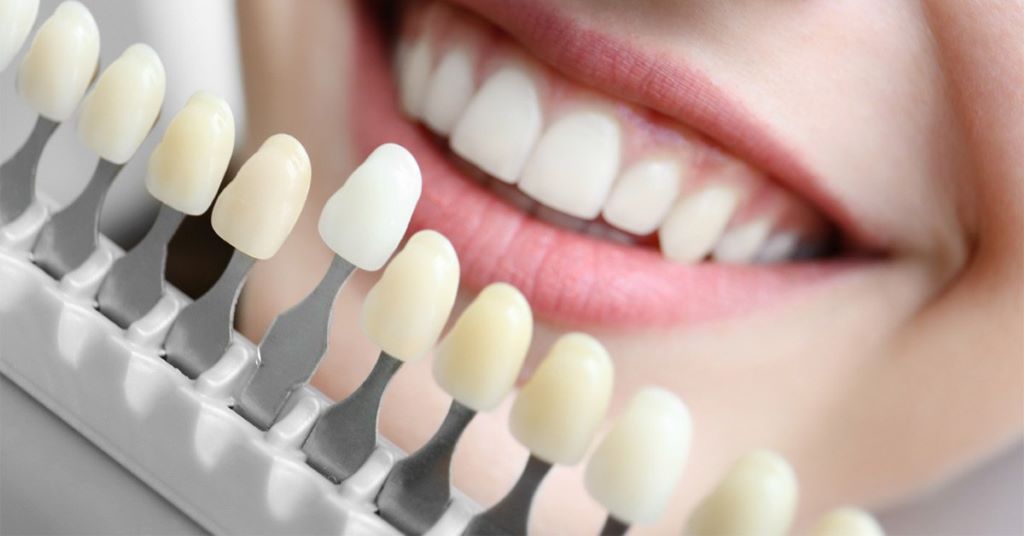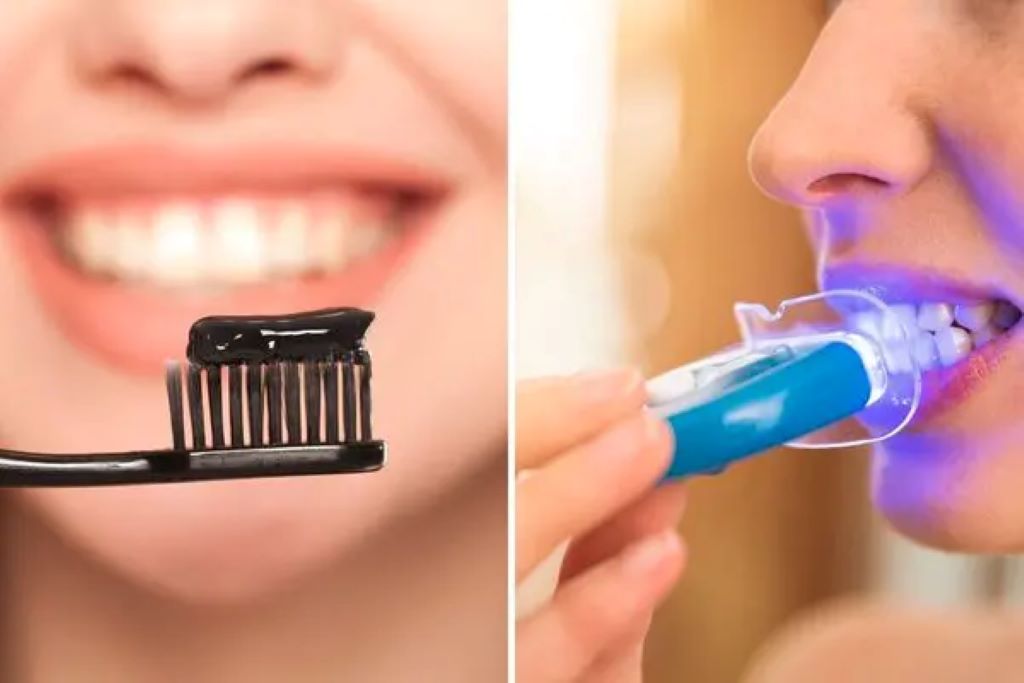A bright, white smile can significantly boost your confidence and overall appearance. With the plethora of teeth-whitening products available, including options for crown whitening, choosing the right one can be overwhelming. This article will guide you through the process, helping you select a product that suits your needs and delivers the desired results. It’s important to note that while many people wonder how to whiten crowns, traditional whitening methods may not be effective for dental restorations, so we’ll also address alternative options for a uniformly bright smile.
Understanding Teeth Discoloration
Before diving into product choices, it’s essential to grasp the causes of teeth discoloration. This knowledge will help you determine the best approach to whitening.
- Extrinsic stains: These are surface stains caused by substances like coffee, tea, red wine, and tobacco. They are typically easier to remove.
- Intrinsic stains: These stains originate within the tooth structure, often due to medications, excessive fluoride, or aging. They are more challenging to treat.
Types of Crown Whitening Products
There’s a wide range of whitening products available, each with its advantages and drawbacks.
- Whitening Toothpaste: These contain mild abrasives and low levels of peroxide to help remove surface stains. While they offer gentle whitening, the results are gradual.
- Whitening Mouthwashes: These products can help freshen breath and remove surface stains, but their whitening effects are typically minimal.
- Whitening Strips: These pre-formed strips contain peroxide gel that adheres to the teeth. They offer more significant whitening than toothpaste or mouthwash but might cause sensitivity.
- Whitening Trays: Custom-made or over-the-counter trays filled with peroxide gel provide a more concentrated whitening treatment. They can be effective but require consistent use.
- In-Office Whitening: This professional treatment uses high-concentration peroxide gel and sometimes light activation for rapid results. However, it’s the most expensive option.
Factors to Consider When Choosing a Product
- Sensitivity: If you have sensitive teeth, opt for products with lower peroxide concentrations or sensitivity-reducing ingredients.
- Discoloration Type: For surface stains, whitening toothpastes, mouthwashes, and strips might suffice. Intrinsic stains often require stronger treatments like whitening trays or in-office procedures.
- Desired Results: If you seek dramatic whitening, in-office treatments or professional-strength home kits are recommended. For subtle improvements, over-the-counter options may be suitable.
- Budget: In-office whitening is generally the most expensive, while whitening toothpastes are the most affordable.
- Convenience: Consider how much time and effort you’re willing to invest in whitening. Strips and trays might require daily or nightly use.
Tips for Maximizing Crown Whitening Results
- Regular Dental Check-ups: Maintain good oral hygiene and visit your dentist regularly for professional cleanings and evaluations.
- Limit Staining Substances: Reduce consumption of coffee, tea, red wine, and tobacco to prevent new stains.
- Use a Straw: When drinking dark-colored beverages, using a straw can minimize contact with your teeth.
- Avoid Excessive Whitening: Overusing whitening products can lead to tooth sensitivity and enamel erosion.
- Consult Your Dentist: If you have concerns about your teeth or desired whitening outcomes, consult with a dental professional.
Related: Knowledge Keepers: Tips to Remember What You Learn
Potential Side Effects
While teeth whitening is generally safe, some individuals may experience side effects. These include tooth sensitivity, gum irritation, and temporary changes in tooth color. If these side effects become severe or persistent, discontinue use and consult your dentist.
Conclusion
Selecting the right crown whitening product depends on your specific needs, preferences, and budget. By understanding the different types of products and considering factors like sensitivity and desired results, you can make an informed choice. Remember, consistency is key, and combining whitening treatments with good oral hygiene practices will help you achieve a brighter, more confident smile.
Disclaimer: This article provides general information and should not replace professional dental advice. Always consult your dentist before starting any new oral care regimen.




